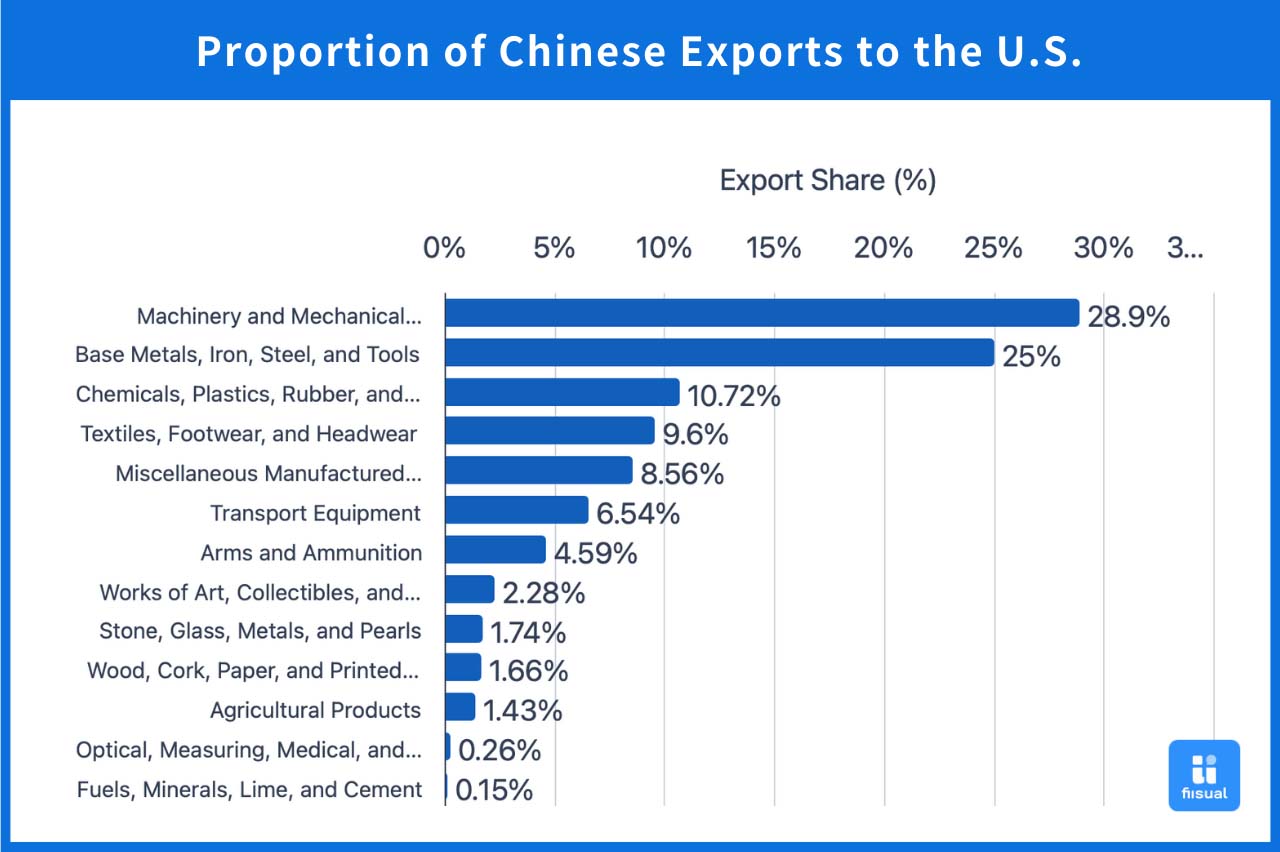Trade protectionism has been a cornerstone of former President Trump’s agenda, with consistent calls for imposing tariffs on various nations. With the new cabinet appointments of Howard Lutnick as Commerce Secretary and Jamieson Greer as Trade Representative—both vocal tariff advocates—concerns are rising about trade wars, increased business costs, and potential inflationary pressures.
| Cabinet List for Tariff and Trade Affairs | Summary of Past Positions |
|---|---|
| Secretary of Commerce Howard Lutnick | 1. Supported a 10% tariff on all goods and a 60% tariff on Chinese imports during Trump’s campaign. 2. Stated in September that tariffs serve as a negotiation tool for the president and are necessary to protect American workers, believing that import taxes can help achieve better trade terms. |
| U.S. Trade Representative Jamieson Greer | 1. Assisted in trade negotiations for tariff increases on Chinese goods during Trump’s previous administration. 2. Played a role in replacing NAFTA with the U.S.-Mexico-Canada Agreement (USMCA). 3. Advocates for greater use of tariffs to balance trade competition between the U.S. and China. |
Recent Tariff Policies
Tariff Items
On November 26, Trump stated on social media platform Truth Social that if he takes office on January 20, 2025, he will impose a 10% tariff on all Chinese imports and a 25% tariff on goods from Mexico and Canada. He has frequently mentioned various tariff rates in public appearances.
Below fiisual has compiled Trump's public statements on tariffs throughout his campaign. The table below provides a simplified overview of the proposed tariff measures:
| Country | Proposed Tariff | Likelihood | Reasons |
|---|---|---|---|
| China | 10% on all goods (possible up to 60%) | High. The cabinet is largely hawkish toward China. | Fentanyl trade, trade deficit, political leverage |
| Canada | 25% on all goods | Medium-High. Canadian Prime Minister Justin Trudeau has vowed to retaliate with counter-tariffs. | Trade deficit |
| Mexico | 25% on all goods; 200% on cars | Medium. The Mexican government is actively negotiating | Illegal immigration, drug trafficking |
| BRICS Nations | 100% on all goods | Low. Primarily political rhetoric | Primarily political rhetoric to maintain U.S. dollar dominance |
Tariff Focus Areas
Key Considerations: Trade Deficit, Politics, Security
In 2023, the U.S. imported $480.5 billion from Mexico, $448.0 billion from China, and $429.6 billion from Canada, making them the top three import sources. Together, these three countries accounted for 45% of total U.S. imports.
Mexico, China, and Canada are also among the top ten countries contributing to the U.S. trade deficit, making them key targets for tariffs. As a result, other Asian countries such as Japan, South Korea, and Taiwan could be the next focus of trade negotiations.


Potential Impacts
Tariff Negotiations Could Reduce Actual Rates
Trump has characterized high tariffs as a negotiation strategy aimed at addressing trade deficits, illegal activities, and currency manipulation. Recent pledges by several nations to reduce trade deficits through measures like onshore U.S. production, increased imports, and currency appreciation could lower the effective tariff rates.
However, risks remain if negotiations fail, potentially triggering retaliatory trade wars that escalate costs for businesses and consumers alike.
Historically, Tariffs Target Lower Consumer Impact Goods First
While tariffs can be enacted through executive orders, imposing blanket tariffs on all goods may be challenging. Previous tariffs on Chinese goods focused on capital goods with limited cost-passthrough to consumers, which helped contain inflation during Trump’s first term.
Shifts in supply chains—such as reduced reliance on Chinese apparel during the U.S.-China trade war—have further mitigated tariff impacts.

Country-Specific Impacts
Below, we assume the tariff effects on each country if they are imposed as expected:
Canada and Mexico: High Dependence on U.S. Trade
Mexico and Canada are key trade partners of the U.S. In 2023, 83% of Mexico’s exports were directed to the U.S., while Canada relied on the U.S. for 78% of its exports. If the tariffs take effect, both economies could suffer significant damage, potentially triggering retaliatory measures on U.S. exports.
Based on the taxed product categories, the industries most likely to be affected in Canada include raw materials, minerals, transportation equipment, and agricultural products. In Mexico, the primary impacted sectors would be the automotive industry, metal materials, and machinery.
Canada

Mexico

China: Diversified export markets, with key focus on machinery, metal materials, and plastics industries.
While the U.S. is China’s largest export market, China’s diversified trade base mitigates its exposure. However, tariffs on machinery, metals, plastics, and textiles could still have significant effects.
China

Conclusion
Tariffs remain a political and negotiation tool aimed at addressing trade deficits and national security concerns. Trump’s expressed desire to avoid domestic inflation, combined with consumer sensitivity, suggests room for downward adjustments in final tariff rates.
Impact Highlights:
- Canada and Mexico are most vulnerable due to their trade dependence.
- For businesses, assessing supply chain exposure to taxed regions like China and Mexico is crucial.
Tariff policies directly impact industry costs. When evaluating investment strategies, it is advisable to assess whether production capacity is located in taxed regions such as China or Mexico and to confirm the availability of U.S. domestic production.
Additionally, if a company competes with businesses in tariff-affected regions, it may benefit from order shifts, presenting potential investment opportunities under the new policies!
